The Golden Age of America's World Fairs & Expositions
I recently wrote this article about the rather remarkable period in American history when it played host to some truly unbelievable world's fairs and expositions. This article was published in Take Off/Set Sail, and even though there are fewer pictures in that article, I still hope that you will click on the link below and take a look:
Time Travel: The Golden Age of America’s World Fairs and Expositions July 27, 2015:
http://takeoffsetsail.com/2015/07/27/time-travel-the-golden-age-of-americas-world-fairs-expositions/
Images of The White City of Chicago's 1892 World's Fair
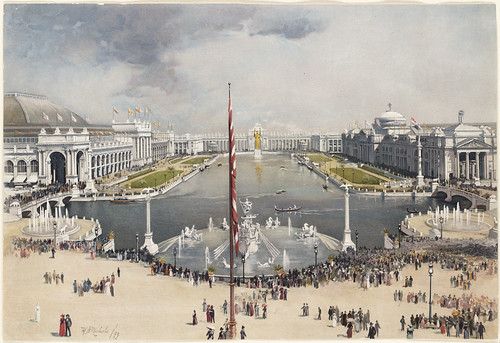
Photo courtesy of Boston Public Library's Flickr page - Chicago World's Fair 1893: https://www.flickr.com/photos/boston_public_library/4837166785
Creative Commons License: https://creativecommons.org/licenses/by/2.0/
Photo courtesy of Boston Public Library's Flickr page - Chicago World's Fair 1893: https://www.flickr.com/photos/boston_public_library/4837778826
Creative Commons License: https://creativecommons.org/licenses/by/2.0/
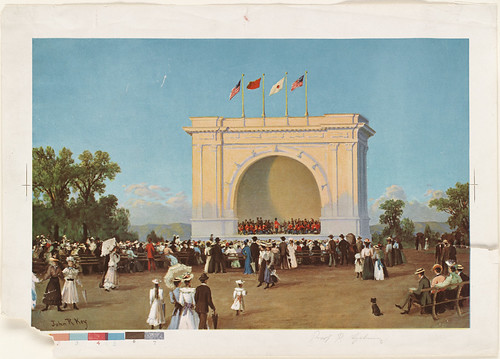
Photo courtesy of Boston Public Library's Flickr page - Chicago World's Fair 1893: https://www.flickr.com/photos/boston_public_library/4837166813
Creative Commons License: https://creativecommons.org/licenses/by/2.0/
McKinley assassinated in Buffalo during the Pan-American Exposition.
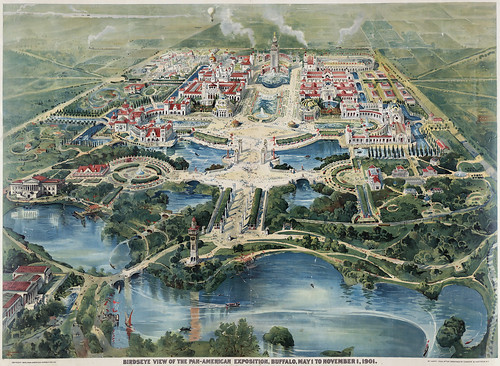
Photo courtesy of trialsanderrors's Flickr page - Pan-American Exposition, Buffalo, 1901: https://www.flickr.com/photos/trialsanderrors/2851064310
Pan-American Exposition, Buffalo
McKinley assassinated in Buffalo during the Pan-American Exposition.

Photo courtesy of trialsanderrors's Flickr page - Pan-American Exposition, Buffalo, 1901: https://www.flickr.com/photos/trialsanderrors/2851064310
World's Fair, St. Louis
Hosted the 1904 Olympic Games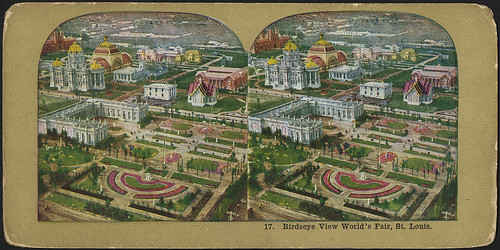
Photo courtesy of Boston Public Library's Flickr page - Birdseye view World's Fair, St. Louis: https://www.flickr.com/photos/boston_public_library/13270040394
Creative Commons License: https://creativecommons.org/licenses/by/2.0/
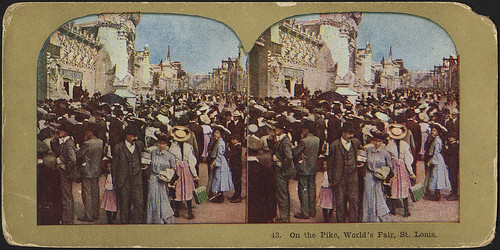
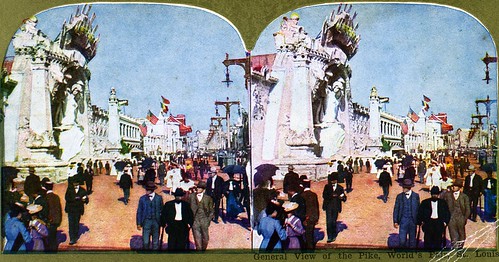
Photo courtesy of Richard Flickr page - 1904 Saint Louis Worlds Fair: https://www.flickr.com/photos/rich701/15417730376
Creative Commons License: https://creativecommons.org/licenses/by/2.0/

Photo courtesy of Boston Public Library's Flickr page - Birdseye view World's Fair, St. Louis: https://www.flickr.com/photos/boston_public_library/13270039714
Creative Commons License: https://creativecommons.org/licenses/by/2.0/

Photo courtesy of Richard Flickr page - 1904 Saint Louis Worlds Fair: https://www.flickr.com/photos/rich701/15417730376
Creative Commons License: https://creativecommons.org/licenses/by/2.0/
These expositions took place at a very different time in history, when there was unconditional faith in the overall progress of humankind, and the future seemed endless with possibilities. The 19th century was regarded as largely a successful century that saw many improvements in almost every conceivable area, as expansions in knowledge in everything from health to the human psyche to science and technology transformed the world. Almost everyone seemed to agree that things were better than they had been, and there was no reason to believe that things would not continue to simply improve as scientific knowledge and technological capability grew.
Of course, these were the days before the outbreak of World War I, which was just the opening chapter of the unprecedented brutality of what would become the bloodiest century in history. Perhaps it is hard for us in the 21st century, where cynicism reigns supreme, to understand the level of hope and faith in a brighter future that many held in the late 19th and early 20th century. But that optimism was real, and it was particularly pronounced in the United States, which was a rising power, beginning to rival Europe.
The United States had the power, but they did not have the cities of beautiful art and architecture that could rival those of the Old World. As the nation began to emerge as the leading power of the world, however, and in particular, was beginning to gain a strong reputation in terms of technological innovations that seemed to underscore that sense of the inevitability of improvements for humanity, such as the inventions of Thomas Edison and the successful flight test of the Wright brothers.
However, many felt that it was time for the United States to begin to catch up with the grace and beauty of European cities. The organizers of the event went all out, as they pursued something truly extraordinary. It was to be an event unlike any other event. Specifically, the World's Fair was something that many Americans wanted to be very successful, in order to show up the Paris World's Fair of 1889, which had been a huge event that had been huge and very memorable, and from which, the Eiffel Tower came. This would be an opportunity for Americans to show the world that they, too, could put on an impressive show that would upstage their Old World rivals.
When Chicago was awarded the highly coveted Columbian Exposition/World's Fair for 1892-1893 (which was intended to honor the 400th anniversary of Columbus discovering America), the city was committed to do everything possible to build a suitable place that would showcase the city, and portray it in a new light. It should be remembered that the city of Chicago had similar incentives as the United States as a nation did for using this opportunity to redefine itself, and be taken more seriously. Chicago at the time was still largely emerging, even though it had just become the second largest city in the United States. Despite this impressive growth, it still trailed far behind New York City in almost every way, and was largely still dismissed as a backwater by many easterners. This Chicagoans wanted to change, and the World's Fair offered a wonderful opportunity for them to achieve a different reputation.
It was a bit chaotic to organize. There were obvious difficulties with such high expectations, and the realities of time schedules and budgets that needed to be adhered to.
Somehow, however, Chicago did manage to produce something truly magnificent. Some big names were brought in to help with the task. Frederick Olmsted, who had designed Prospect Park and Central Park in New York City, among others, came to Chicago to design a suitable landscape for the grounds of the World's Fair. Canals and lagoons were built, and majestic looking buildings were constructed, albeit of cheap and highly flammable material known as "staff," which was a mixture of Plaster of Paris and hemp fibers. Many of the buildings already were deteriorating while the fairs were still going on.
Buffalo Bill brought his Wild West show, which gave a romanticized version of how things were in the American western frontier. Like with other fairs, there were all sorts of scientific and technological wonders on display. Gustave Eiffel proposed building a taller version of the Eiffel Tower, which itself had been erected for a World's Fair in Paris in 1889. This proposal was rejected, both because Eiffel was not American (there was a heavy emphasis on promoting American innovations and architectural ideas), as well as because it had already been done, famously, in Paris. But the organizers of the fair wanted something spectacular, and they felt that they hit it out of the park with a spectacular new invention, the Ferris Wheel. There were lingering uncertainties as to whether or not this was feasible, and some feared that the wheel would simply roll away. In the end, the Ferris Wheel proved to be a success, and was the major highlight of this World's Fair.
Despite the serious political and financial considerations that served as obstructions, the grounds of Chicago 1892 World's Fair truly were spectacular, and reminiscent of some of the architectural gems of the Old World. Chicago had outdone itself, and it is saying something that it is still remembered today, despite most of the White City having been destroyed. It sparked the famous City Beautiful movement, when there was a conscientious effort to make America's cities more beautiful and grandiose.
A few years later, Buffalo also hosted a world's exposition, the Pan-American Exposition. Then, St. Louis had a World's Fair (also known as the Louisiana Purchase Exposition) when it hosted the Olympics. In both cases, they tried to emulate what Chicago had managed to pull off. Indeed, images of these expositions in Chicago, Buffalo, and St. Louis offer a glimpse of a very different vision of what American cities looked like, albeit only briefly.
What Remains Today?
Unfortunately, very little of these world's fairs, and the spirit behind them, remains today. In Chicago, only two of the over 200 buildings built for the World's Fair were saved from the fire that ravaged the White City just a couple of years after the fair, although it should also be noted that a half-scale replica of the Statue of the Republic was reconstructed, and can be seen today at a public park. The two remaining buildings are the Palace of Fine Arts, which has been converted now to the Museum of Science and Industry, and the World's Congress Auxiliary Building, which is now the Art Institute of Chicago.
In Buffalo, the New York State Building of the Pan-American Exposition is now the Buffalo History Museum. It is the only building from the exposition that has survived.
In St. Louis, only one permanent structure was made. This was the Palace of Fine Arts, which is now the St. Louis Art Museum in Forest Park, which served as the grounds of the Louisiana Purchase Exposition. The grounds were restored, and includes the Grand Basin, which was the center fof the exposition. The fountains and water pools were restored, and are reminiscent of the exposition days. In the zoo, there is an over-sized birdcage dating back to the exposition. There are other buildings that house collections from the exposition. Here is a link to a website that expands on the specifics of how you can experience as much as possible of the Louisiana Purchase Exposition today:
All the World’s A Fair:
Photos of What Remains of These World's Fairs and Expositions:
Chicago
Museum of Science and Industry Built as the Fine Arts Building for the 1893 Columbian Exhibition (World's Fair)
Photo courtesy of joevare Flickr page - Chicago 07: https://www.flickr.com/photos/joevare/4620521520
Creative Commons License: https://creativecommons.org/licenses/by-nd/2.0/
Photo courtesy of vxla's Flickr page - Statue of the Republic (From the Statue of the Republic Wikipedia page): https://www.flickr.com/photos/vxla/4624655562
Creative Commons License: https://creativecommons.org/licenses/by/2.0/
Photo courtesy of William Creswell's Flickr page - World's Columbian Exposition - Portfolio of views 1893: https://www.flickr.com/photos/crackdog/5559560279
Creative Commons License: https://creativecommons.org/licenses/by/2.0/
St. Louis
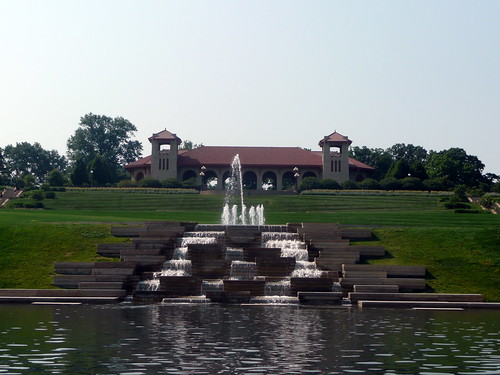
Photo courtesy of Reading Tom's Flickr page - World Fair Pavilion: https://www.flickr.com/photos/16801915@N06/5946648150
Creative Commons License: https://creativecommons.org/licenses/by/2.0/
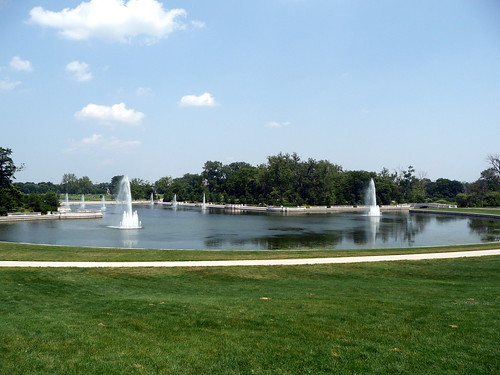

Photo courtesy of Reading Tom's Flickr page - The Grand Basin: https://www.flickr.com/photos/16801915@N06/5946094249
Creative Commons License: https://creativecommons.org/licenses/by/2.0/
Time Travel: The Golden Age of America’s World Fairs and Expositions July 27, 2015:
http://takeoffsetsail.com/2015/07/27/time-travel-the-golden-age-of-americas-world-fairs-expositions/

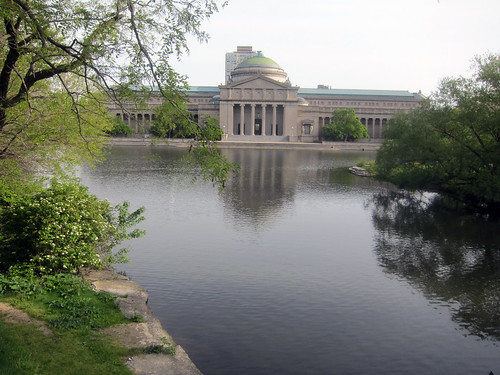
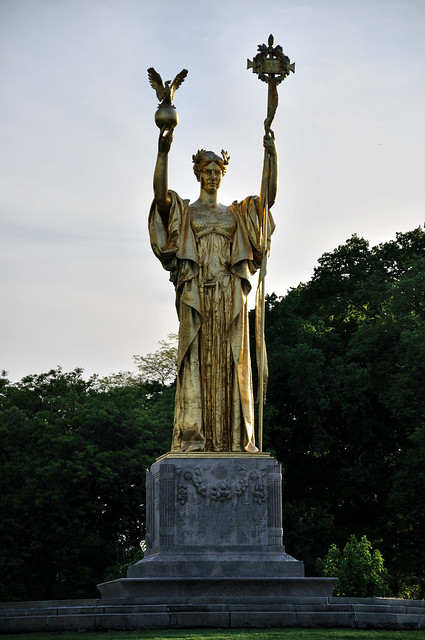
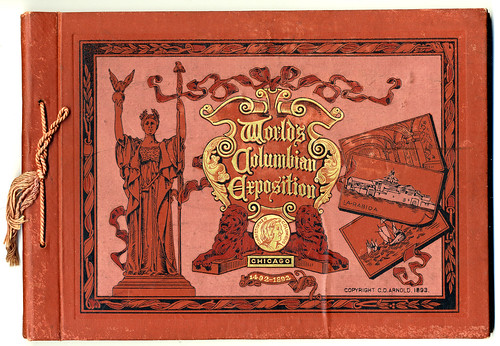
No comments:
Post a Comment